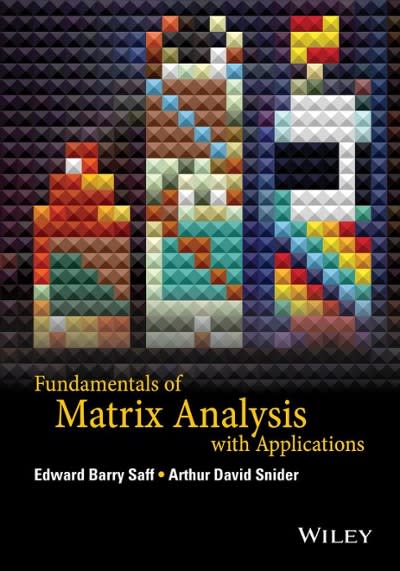Question
Suppose we are developing a new drug that is supposed to improve the recovery time of an illness. We want to investigate if this is
Suppose we are developing a new drug that is supposed to improve the recovery time of an illness.
We want to investigate if this is true. We conduct an experiment: we randomize twenty participants
into two groups of size n = 10 each. In one group, we give the participants the drug. In the other
group, we give them a placebo. We measure the recovery time of the participants in days. We
observe the following data:
In the group given the drug, we observe recovery times (y1,...,y10 ) = (15, 10, 13, 7, 9, 8, 21, 9,
14, 8), with y1 = 11.4.
In the group given the placebo, we observe recovery times (y11,...,y20 ) = (15, 14, 12, 8, 14, 7, 16,
10, 15, 12) with y2 = 12.3.
Assume that the data in each group follow Normal(1,2 ) and Normal(2,2 ) distributions respectively
for the drug and placebo groups, 2 = 15. We want to test the following hypothesis:
H0:12=0 versus HA:12<0
using the test statistic T(Y) =Y1Y2
i) Define the rejection region as {y:y1y2<c1 } where c1 is some real value.
Calculate the Type I error rate.
ii) Propose a way to select c1
iii) Find c1 such that the Type I error rate is at most 0.05
iv) What is the conclusion about the ability of the drug to reduce recovery time?
Step by Step Solution
There are 3 Steps involved in it
Step: 1

Get Instant Access to Expert-Tailored Solutions
See step-by-step solutions with expert insights and AI powered tools for academic success
Step: 2

Step: 3

Ace Your Homework with AI
Get the answers you need in no time with our AI-driven, step-by-step assistance
Get Started


